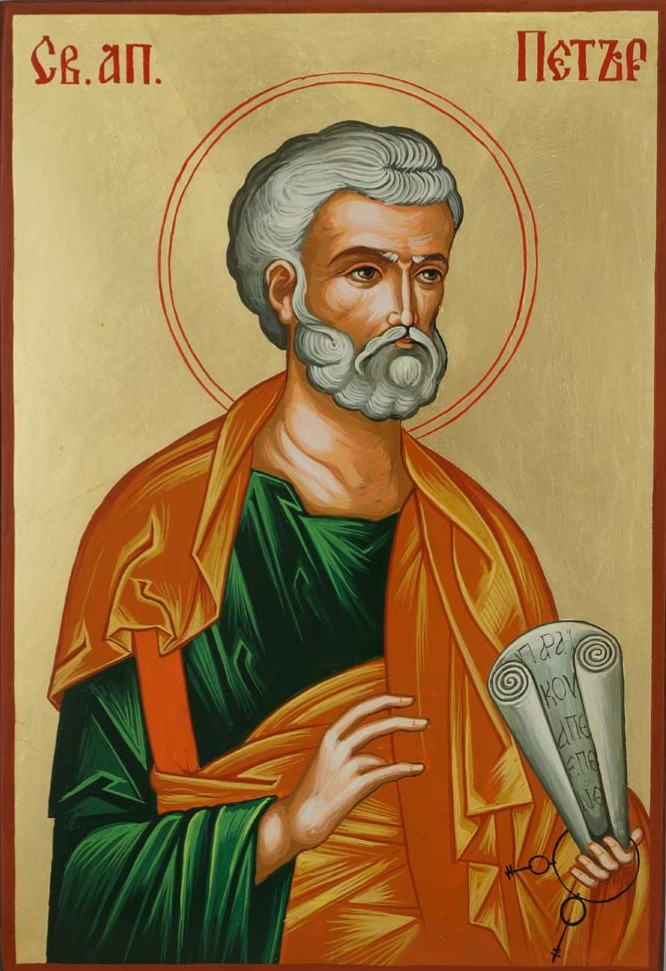The fast is kept in many ways depending on personal strength, prayer life, family circumstances, health, age, etc. The following is a sample of some possible ways the fast is kept and some possible ways it is often modified.
This description of fasting uses the concept of “degrees” of fasting, the “1st degree” being the easiest and least difficult.
For the Strict-Fast days of Lent: The first week of Lent, the Wednesdays and Fridays in the other weeks, and the days of Holy Week.
- 1st degree: Uncooked meal in the morning plus a Vegetarian Lunch, a Vegetarian Dinner eaten after the Pre-Sanctified Liturgy or following Evening prayers. (3 meals, No Fish or Dairy)
- 2nd degree: No breakfast, a Vegetarian Lunch, Vegetarian Dinner after Liturgy. ( 2 meals, no Fish or Dairy)
- 3rd degree: No Breakfast, no Lunch, Vegetarian Dinner after Liturgy ( 1 meal, no Fish or Dairy)
For the Non Strict-Fast Days of Lent: Saturdays, Sundays, Mondays, Tuesdays, Thursdays outside of the first week; and March 25th & Palm Sunday):
- 1st degree: Strict Fast Breakfast, Lunch (Fish and Dairy are permitted), Dinner (Fish and Dairy are permitted), (2 meals with Dairy and Fish)
- 2nd degree: Strict Fast Breakfast, Lunch (Fish and Dairy are permitted), Dinner (No Dairy or Fish) – (One meal with Dairy & Fish)
- 3rd degree: Strict Fast Breakfast, Strict Fast Lunch, Vegetarian Dinner after Liturgy (No meals with Dairy or Fish)
In the Rubrics Book of the Church we read:
At all times it is essential to bear in mind that ‘you are not under the law but under grace’ (Romans 6:14), and that ‘the letter kills, but the Spirit gives life’ (2 Cor. 3:6). The rules of fasting, while they need to be taken seriously, are not to be interpreted with dour and pedantic legalism; ‘for the Kingdom of God is not food and drink, but righteousness and peace and joy in the Holy Spirit’ (Romans 14:17).

